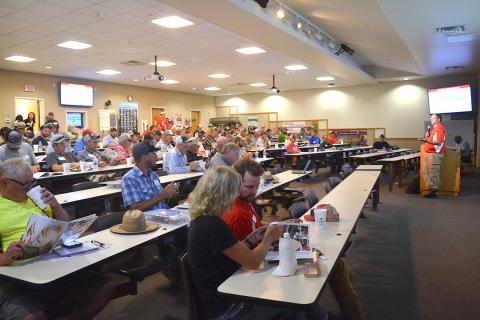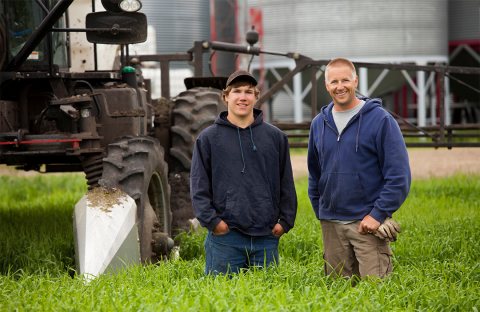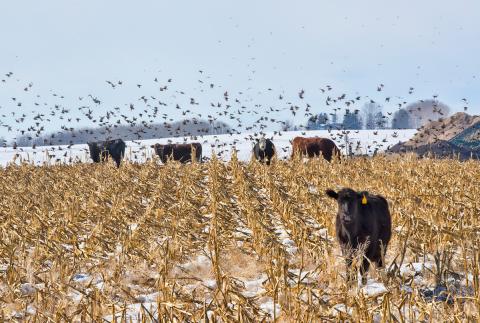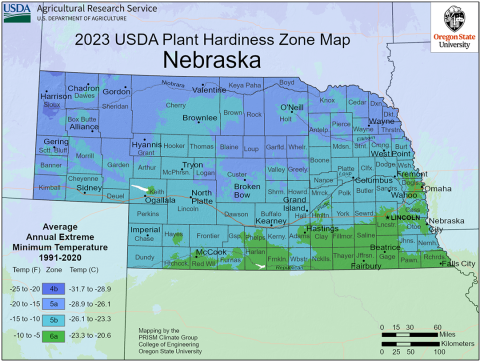Eastern Nebraska Corn and Soybean Expo Combines Two Events on Jan. 25
January 4, 2024
Free to attend, the new corn and soybean expo combines two previous extension events — the Fremont Corn Expo and Nebraska Soybean Day and Machinery Expo — into one full day of research, presentations, industry updates and more.
Free Farm Succession Workshops Set for Jan. 24-25
January 4, 2024
Hosted in Stuart and Greeley, the workshops will cover basic estate and succession planning to assist farm and ranch families in creating or reviewing their plans.
Pasture and Forage Minute: Tips for Cornstalk Grazing, Using Bad Hay and Silage
December 26, 2023
Considerations for grazing cornstalks with snow cover and utilizing low-quality hay and silage during periods of low supply and high feed costs.
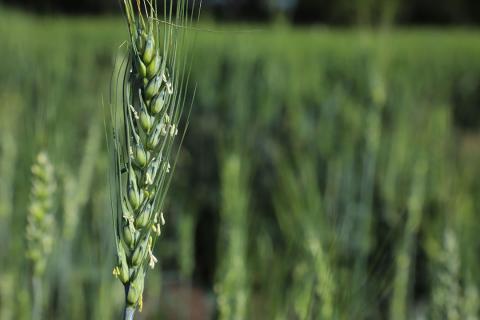
Crop Progress: Winter Wheat at 48% Good-Excellent Condition
January 4, 2024
While winter wheat condition has remained unchanged since the last NASS report in November, soil moisture supplies experienced a decline during the mild weather in December.
UNL Soil Health Team Celebrates Year of Success in Advancing Sustainable Agriculture
January 3, 2024
Following eight successful events that stand to impact nearly 13 million acres of U.S. farmland, preparations are underway by the UNL Soil Health Team to deliver more robust sustainable ag research and innovations in 2024.
USDA ‘Hardiness’ Zone Sees Few Changes for Most of Nebraska
December 19, 2023
The new hardiness zone map for Nebraska has shifted the southernmost regions into a new zone — a refinement to the map due to a nearly doubled amount of available weather station data for the region.
Pasture and Forage Minute: Cold Stress Preparation, Feeding Brown Hay and Silage Safely
December 19, 2023
Extension educators provide recommendations on preventing body condition loss in cattle during low temperatures and ways to safely feed heat-damaged hay and silage.

2023 Cost of Pollination Survey Results
December 19, 2023
The survey was sent to 15,500 operations nationally and collected information on acres pollinated, colonies used, and dollars spent for a variety of different crops.


